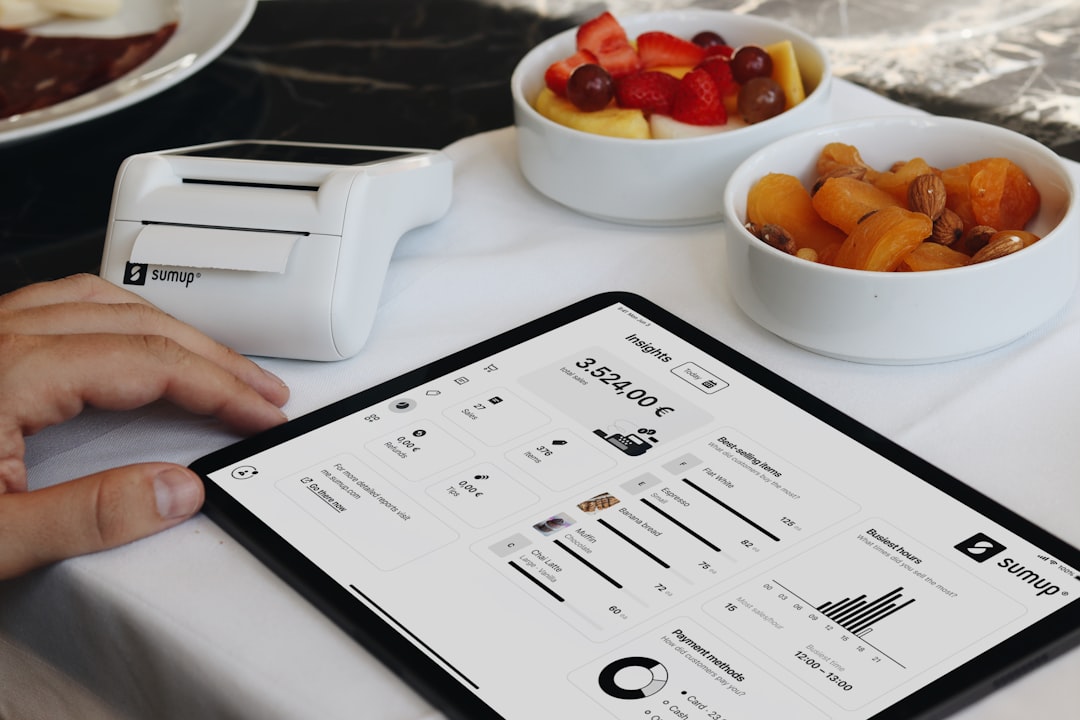Running a restaurant is like conducting an orchestra where every section must play in perfect harmony. Yet, even the most seasoned restaurant managers face obstacles that can disrupt this delicate balance. From staff turnover to inventory issues, these challenges can make or break your business. Let's explore the most pressing challenges in restaurant management today and practical strategies to overcome them.
The reality of restaurant management challenges
The restaurant industry is notoriously difficult. Consider this sobering statistic: 17% of restaurants close within their first year, and a staggering 80% shut down before reaching their fifth anniversary. Success requires navigating multiple operational hurdles simultaneously while maintaining the quality and consistency that keeps customers coming back.
High employee turnover: the revolving door problem
Perhaps the most persistent challenge in restaurant management is staff retention. With turnover rates exceeding 70% in some segments, restaurants face a constant cycle of recruiting and training new employees.
Why it matters:
- Each replacement costs up to twice the employee's annual salary
- New staff require extensive training, reducing operational efficiency
- Constant turnover damages team morale and service consistency
- Knowledge of menu items, regular customers, and operational procedures walks out the door
Solution strategies:
- Implement competitive wages and benefits packages
- Create mentorship programs for career advancement
- Offer flexible scheduling to accommodate personal needs
- Recognize and reward outstanding performance
- Build a positive workplace culture that makes people want to stay
- Conduct exit interviews to identify recurring issues
As many restaurant owners struggle to pay staff adequately while maintaining profitability, finding the right balance between labor costs and retention is crucial for long-term success.

Inventory management inefficiencies
Poor inventory control leads to significant financial losses through waste, theft, and forecasting errors. In an industry with razor-thin margins, these losses can quickly add up.
The inventory challenge:
- Overstocking leads to waste and tied-up capital
- Understocking results in disappointed customers and lost sales
- Stock theft and mismanagement erode already thin margins
- Inventory waste typically accounts for 3-5% of total food costs
- Demand forecasting becomes increasingly difficult during seasonal changes
Solution strategies:
- Implement inventory management software for real-time tracking
- Establish regular inventory audits and accountability systems
- Use data analytics to improve demand forecasting
- Train staff on proper storage and rotation techniques (FIFO)
- Develop relationships with multiple suppliers to mitigate shortages
- Create standardized recipes to control portion sizes and reduce waste
Inconsistent customer service
In the age of online reviews, service quality can make or break your reputation. One bad experience can lead to a damaging review that lives online forever.
Common service issues:
- Slow service during peak hours
- Inconsistent food quality and presentation
- Poor communication between front and back of house
- Inadequate staff training on handling customer complaints
- Inability to recover effectively from service failures
Solution strategies:
- Standardize service protocols and training
- Implement regular quality checks throughout service periods
- Leverage technology for order accuracy and timing
- Create clear communication channels between kitchen and service staff
- Train staff in the art of service recovery when mistakes happen
- Collect and act on customer feedback systematically
Financial management pressures
With profit margins averaging just 3-6% pre-pandemic (and often lower now), financial management is critical to restaurant survival.
Financial challenges:
- Rising food costs and supply chain disruptions
- Increasing labor expenses
- High rent and utility costs
- Difficulty tracking expenses across multiple categories
- Seasonal fluctuations in revenue
- Cash flow management during slow periods
Solution strategies:
- Implement robust budgeting and financial tracking tools
- Regularly analyze financial performance to identify cost-saving opportunities
- Consider consulting with restaurant-specialized accountants
- Explore menu engineering to maximize profitability
- Diversify revenue streams (catering, retail products, etc.)
- Negotiate better terms with suppliers and landlords
Technology adoption gaps
Many restaurants still rely on manual processes that hinder efficiency and scalability, putting them at a competitive disadvantage.
Technology challenges:
- Resistance to new systems from long-term staff
- Integration issues between multiple platforms
- High initial investment costs
- Training requirements for new technology
- Rapidly evolving technology landscape
Solution strategies:
- Adopt all-in-one management platforms like Spindl OS
- Implement gradual technology rollouts with adequate training
- Use data analytics to inform decision-making
- Leverage mobile ordering and contactless payment options
- Start with solutions that address your most pressing pain points
- Calculate ROI before investing in new technology
Adapting to post-pandemic realities
The pandemic fundamentally changed restaurant operations, creating new challenges and opportunities that are likely permanent shifts in the industry.
Post-pandemic shifts:
- Increased demand for delivery and takeout options
- Consumer preference for contactless experiences
- Staff shortages and changing labor dynamics
- Supply chain disruptions
- Health and safety concerns
As highlighted in our analysis of how the food industry changed during the pandemic, restaurants must adapt to these new realities to remain competitive.
Solution strategies:
- Develop robust delivery systems (in-house or third-party)
- Implement contactless ordering and payment options
- Create flexible staffing models
- Diversify supplier relationships
- Design spaces with health and safety in mind
- Be transparent about safety protocols
Menu management and optimization
Finding the right balance between menu innovation and consistency presents another challenge for restaurant managers.
Menu challenges:
- Balancing customer favorites with new offerings
- Managing food costs while maintaining quality
- Adapting to seasonal ingredient availability
- Creating distinctive offerings in a competitive market
- Menu complexity causing kitchen bottlenecks
Not all restaurants need to constantly reinvent their menus. As our research on restaurant menu changes shows, consistency can be a virtue if your current offerings are working well.
Solution strategies:
- Conduct regular menu performance analysis
- Implement strategic pricing based on food costs
- Consider limited-time offerings to test new items
- Focus on signature dishes that differentiate your restaurant
- Use menu engineering techniques to highlight high-profit items
- Keep kitchen workflow in mind when designing menus
Streamlining operations with integrated technology
The most successful restaurants are increasingly turning to integrated management platforms to address multiple challenges simultaneously.
Benefits of integrated systems:
- Centralized data for better decision-making
- Reduced manual processes and human error
- Improved inventory tracking and waste reduction
- Enhanced customer experience through faster service
- Better labor management and scheduling
- Real-time visibility into business performance

The path forward
Restaurant management challenges are numerous, but not insurmountable. By adopting a systematic approach to addressing these issues, restaurant owners and managers can create more efficient, profitable operations.
Start by identifying your most pressing challenges, then implement targeted solutions. Consider how technology can help streamline operations and provide valuable data insights. Most importantly, remember that your team is your greatest asset—investing in their success directly contributes to your restaurant's success.
The restaurant industry will always face challenges, but with the right strategies and tools, your establishment can thrive even in the most competitive environments. Success comes not from avoiding challenges, but from developing systems to address them effectively before they impact your bottom line.


